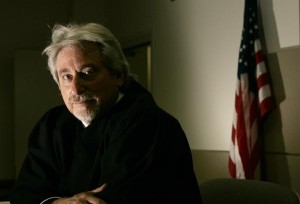The California Courts Monitor, “your daily ration of civil justice rationing,” is launching a national edition. The National Courts Monitor will bring the same focus to the crisis in United State’s civil courts as it has to California courts, according to Publisher Sara Warner.
She said the NCM will begin publishing online in the first quarter of 2014, quipping “is that vague enough for you?” The California website began publishing with a more general courts focus in 2012, but shifted to civil courts funding issues as a spate of budget cuts slashed through the judicial system. In addition to daily aggregation updates and occasional original reporting, the CCM has produced two newsprint products fashioned as “special reports” on courts issues.

